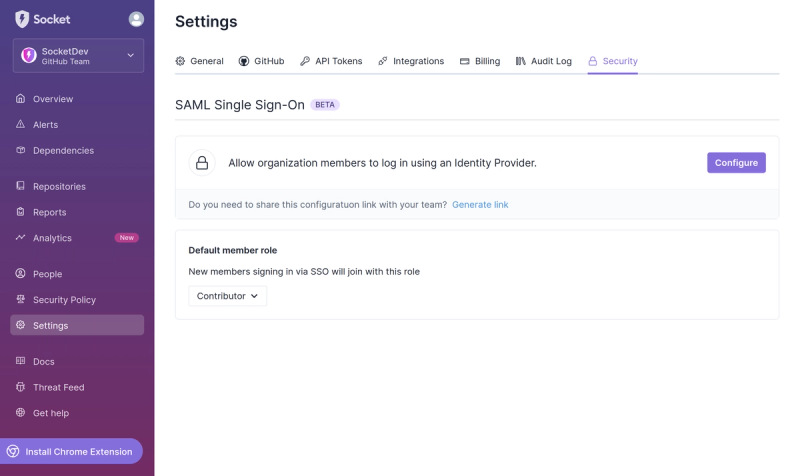
Description
This plugin extends the Gatsby Sanity GraphQL schema to add a localFile field to the SanityImageAsset type. The field localFile returns a File type. This enables downloading remote images to local so you have the flexibility to deploy them to a different CDN (or even process them with gatsby-plugin-sharp if you need to). This plugin is inspired by the localFile field from Contentful.
Demo
This page downloads the profile picture using localFile. The picture is served via Firebase CDN.
Dependencies
This plugin depends on gatsby-source-sanity
How to install
npm i gatsby-source-sanity-transform-images --save
module.exports = {
plugins: [
"gatsby-source-sanity-transform-images"
]
};
When do I use this plugin?
If you want to download assets for static distribution instead of using Sanity's CDN. This plugin downloads the Sanity Assets to the local filesystem.
Useful for reduced data usage in development or projects where you want the assets copied locally with builds for deploying without links to Sanity's CDN.
Examples of usage
query Example {
allSanityImageAsset {
nodes {
url
localFile(width: 500) {
publicURL
childImageSharp {
fluid {
src
}
}
}
}
}
}
How to contribute
Thanks for your interest in contributing to this plugin! Pull Requests welcome for any level of improvement, from a small typo to a new section, help us make the project better.
How to run the tests
yarn test
Pull Requests
To submit a pull request, follow these steps
- Fork and clone this repo
- Create a branch for your changes
- Install dependencies with
yarn - Make changes locally
- Make sure tests pass, otherwise update the tests
- Commit your changes
- Push your branch to origin
- Open a pull request in this repository with a clear title and description and link to any relevant issues
- Wait for a maintainer to review your PR




